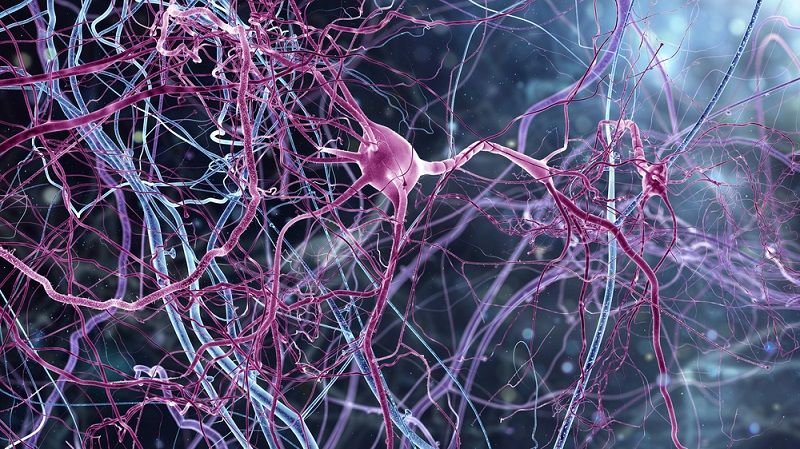Pollution generated by human activity isn’t limited to the earth and its climate.



Space is filled with bizarre signals that we scramble to put meaning to — and now, researchers have detected yet another mysterious signal. This one emanated from near a neutron star, and for the first time, it’s infrared.
So, what’s nearby that could have created the weird signal? Scientists have a few ideas.
When a star reaches the end of its life, it typically undergoes a supernova explosion— the star collapses, and if it has enough mass, it will form a black hole. But if the star isn’t massive enough, it will form a neutron star. [Supernova Photos: Great Images of Star Explosions].

Today, we want to draw your attention to a new study that looks at the role of chronic age-related inflammation and the decline of nerve regeneration.
Inflammaging drives age-related loss of tissue regeneration
Inflammation can be beneficial and serves an important purpose: it spurs regeneration and immune responses while combating pathogens and other invaders. This kind of inflammation tends to be short-lived and localized to an area of injury. However, there is another form of inflammation, a chronic, smouldering kind that accompanies aging: this is often called inflammaging.


Water infrastructure in the western United States was funded in the early and mid-20th Century by federal financing through the Bureau of Reclamation, but such financing has declined in recent decades and there has been increased interest in alternative approaches to infrastructure funding. A new Journal of the American Water Resources Association article notes that two of these approaches—public-private partnerships and loan guarantees—are hampered by existing federal budgetary policies, however.
In the article, Dr. Martin Doyle, of Duke University, notes that significant policy changes are needed to allow private capital to play an important role in funding and financing water systems characterized by aging infrastructure.
“Everyone likes the idea of bringing more private capital to aging infrastructure; but no one is able, or willing, to get into the really weedy details of policy changes necessary to make such investments possible,” he said.


Surging productivity and the general rise in incomes it brings would be welcome, of course, but that isn’t sufficient. The same questions being raised about the advance of robotics in the workplace apply to machine learning. While new jobs would be created, many existing jobs — from doctors and financial advisers to translators and call-center operators — are susceptible to displacement or much-reduced roles. No economic law guarantees that productivity growth benefits everyone equally. Unless we thoughtfully manage the transition, some people, even a majority, are vulnerable to being left behind even as others reap billions.
Whether it’s for the better and for the many is up to human intelligence.
Following a detailed update to SpaceX’s BFR plans and the first privately contracted mission to the Moon, CEO Elon Musk has tweeted that the company intends to stream the entire six-day journey in “high def VR”, a plan that would demand unprecedented communications capabilities between the Moon and the Earth.
Musk further confirmed that “Starlink should be active by [2023]”, suggesting – at a minimum – that the SpaceX-built and SpaceX-launched internet satellite constellation will have reached what is known as ‘initial operating capability’, pegged for Starlink at roughly 800 satellites launched.
Moon mission will be livestreamed in high def VR, so it’ll feel like you’re there in real-time minus a few seconds for speed of light.

SAN FRANCISCO — Orbital Insight, a Silicon Valley geospatial analytics company, announced the purchase Sept. 18 of FeatureX, a Boston-based artificial intelligence firm specializing in computer vision for satellite imagery. The terms of the purchase were not disclosed.
It was the first acquisition made by Orbital Insight, a firm that has raised $78.7 million to date, including $50 million in a Series C funding round completed in May 2017.
FeatureX founder Gil Syswerda will join Orbital Insight as its technology research vice president, working in the company’s Boston office. FeatureX specializes in applying computer vision to satellite imagery to detect objects, enhance images and facilitate deep learning.
NASA’s Transiting Exoplanet Survey Satellite, which began science operations in July, has released its first full frame image using all four of its cameras.